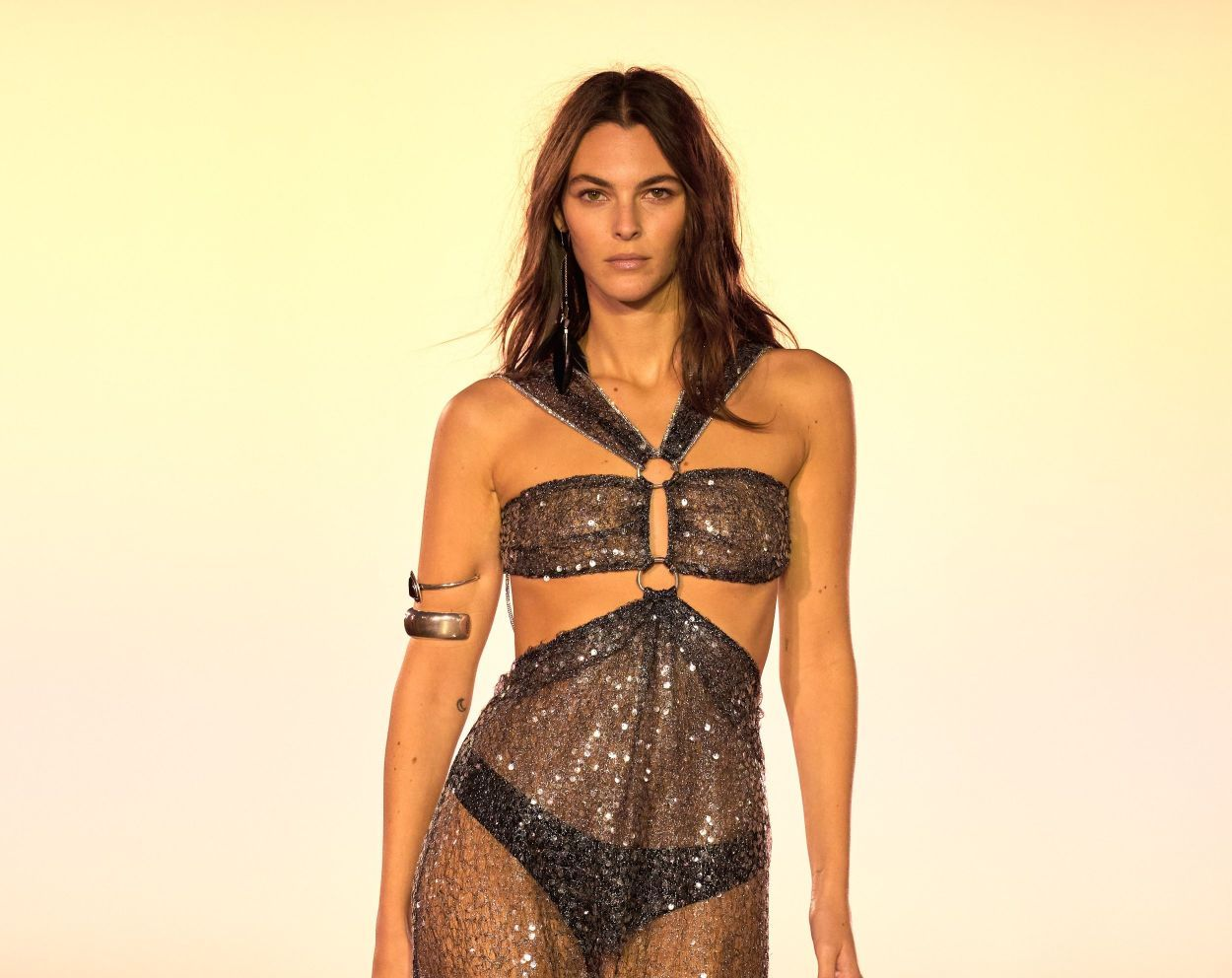In conversation with menswear designer Martine Rose
Sep 17, 2018

As part of CENTRESTAGE’s ongoing efforts to cultivate local talent, the 2018 Hong Kong Young Fashion Designer’s Contest was held as the finale for the entire event. The prestigious contest hosts a panel of the industry’s finest, one being British menswear designer, Martine Rose. A label amongst the permanent fixtures of the streetwear realm, Martine Rose was an early perpetuator of the undone blue striped shirt; slouchy, thrifted grit aesthetic that has only been popularised in fashion in recent seasons with the rise of hype culture. I sat down with Martine Rose inside the Joyce Boutique to discuss the history of her label, consulting for Balenciaga, and London’s underground music scene.
Hey Martine. First of all, could you tell us what brings you to Hong Kong, and what do you think of it so far?
It’s actually my first time here, the energy is amazing! I arrived yesterday afternoon: we landed, dropped our bags, then took a little visit to the Stanley Market, then had some traditional food in Causeway Bay. I’m in Hong Kong for the weekend with CENTERSTAGE as the VIP Judge amongst other panelists for this year’s Hong Kong Young Fashion Designer’s Contest.
To my knowledge, after your FW14 collection, you decided to take a break before relaunching your label again in SS17. Is this true?
It’s funny because people always think this about me. I think it’s because I don’t always do runways. I show in very different ways: I do presentations or look books too. I respond very authentically to what the collection says that season. The only season I’ve ever taken out was SS15, which was when I had my daughter. I’ve shown every other season since then, quietly at different capacities. You’re not the first one to think that!
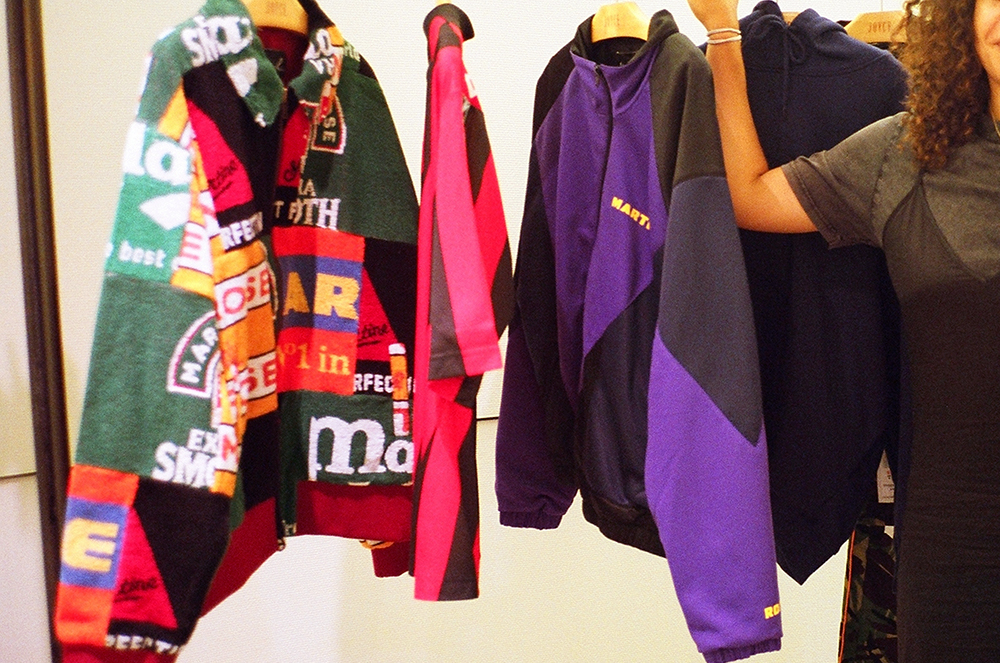
I grew up in Hong Kong, and a large part of the youth culture here is the clubbing scene. Especially for international students, it’s very at-your-disposal. If they carry themselves appropriately, a majority can drink at bars and get into the most elusive clubs as young as 15 years old. I’ve heard in other interviews that you’ve touched on your experience with club culture in London, and how did that inform and shape the way you design?
Oh it’s one of the main things that shaped my world view. I’m one of the youngest of a large, extended family. So I spent a lot of my time watching my older cousins and siblings get ready to go out. Sitting on the end of the bed, just looking at them and going “I want to be a part of that world!”
What they wore on those nights out was really indicative of what they were into – like one of my cousins was really into rave culture and another was into reggae. What they wore was sort of code for their genre of choice, and that got me really obsessed with the whole club culture of London. That was how I experienced fashion, actually – through the medium of music and club culture.
I myself started going out when I was really young, because I just really wanted access into that realm, subsequently everything I’ve done since has been heavily influenced by all those experiences.
With that being said I do think the kids here and everywhere else with such accessibilities, end up maturing a lot quicker than in other places in the world. What advice would you give to the young ones out there, where this culture can leave you quite impressionable?
My experiences with it have been overwhelmingly positive, because it wasn’t about anything else other than just the experience. It wasn’t about being more grown up than I was, or being someone else, I was really secure in who I was, I was genuinely just interested in meeting all these new people. It can be corruptive, you definitely need a strong sense of self. It’s difficult…it’s also different now as a mother.
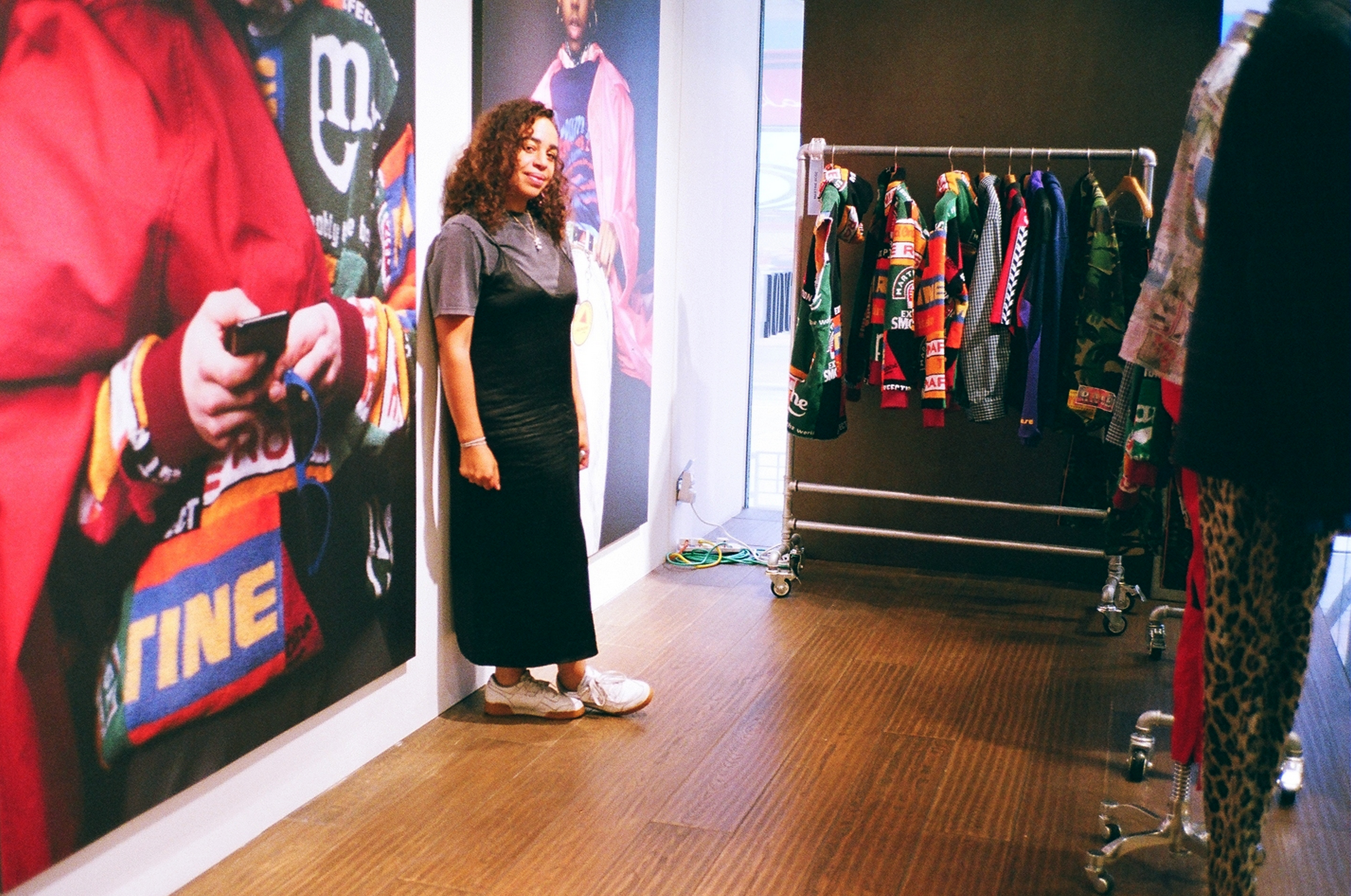
The youth growing up in this digital age have so many more stimulants and there’s a new found visibility into fashion. How do you think today’s youth compares to the scene back when you were younger?
When I was growing up, the key was to be as underground as possible. Counter culture, you wanted to be outside the mainstream, and belong to this small group of people that you really felt understood you and were like minded. The underground scene allowed for privacy, and flourished in isolation.
There was a sense of authentic inclusion
Exactly. No one was taking photos, there was no social media, it was very low key. Now the difference is it’s about being really popular, getting the most likes as possible. Which is really strange to me…but also fashion is now way more mainstream than before in general. To be a designer, when I started, was definitely not the cool or commercial thing to do at all. So it’s interesting how it’s taken shift.
You’ve also been working with Demna Gvasalia on consulting for Balenciaga’s menswear, how do you keep a balance in creating for them and your eponymous label simultaneously? Do you approach both brands differently?
For any of my collaborations, there are some things that are clearly more for them than for me. On the whole, when I first started to do collaborations and consulting, I thought it would be really easy to segment the thoughts in my head, but it’s actually quite difficult as you are only one person and it’s your taste, and thats it. Maybe you inform each collaboration differently, but it’s not so compartmentalised in your head. Naturally those things will develop separately since you work with different teams. With Balenciaga, they’ve got a fantastic team that will take ideas and bring them somewhere else where as my team will take ideas another way.
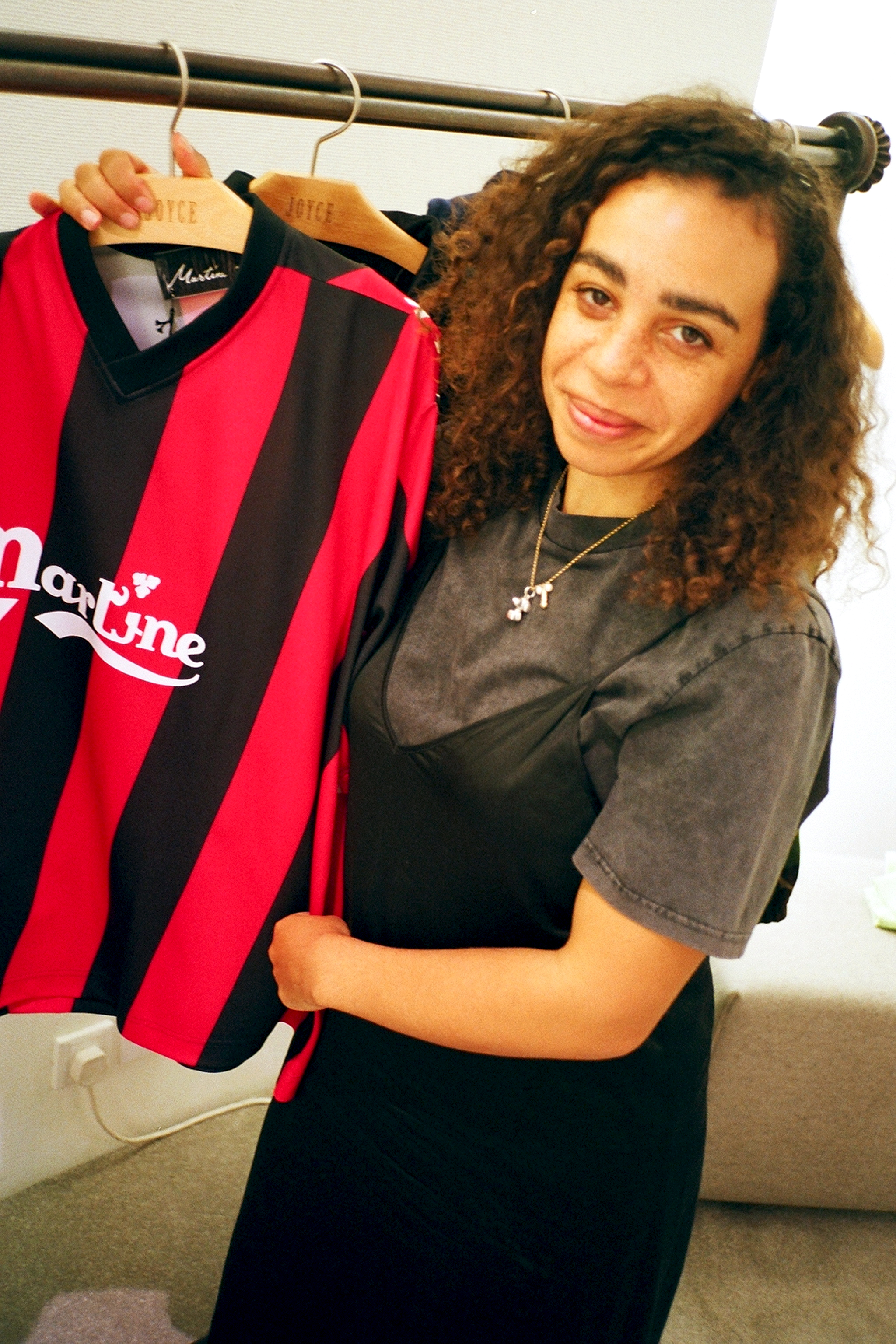
China has now become the ultimate luxury consumer, with strength in numbers, their globalisation has changed the fashion landscape. Do you see the far east movement influencing fashion and street style in England?
Undeniably. It’s difficult to not see the power and buying potential of Asia. The interest in fashion here has been taken a lot more seriously. It’s a good thing, it’s going to continue to have a massive impact on us in the UK and Europe.
Do you have anything worth mentioning regarding your thoughts on Asian designers?
I’ve got some designers that I think are really important, and perhaps overlooked by the industry. Yang Li I think is fantastic; they’re doing really interesting things with modern textiles, yet still artisanal feeling. A great sense of proportion and silhouette. 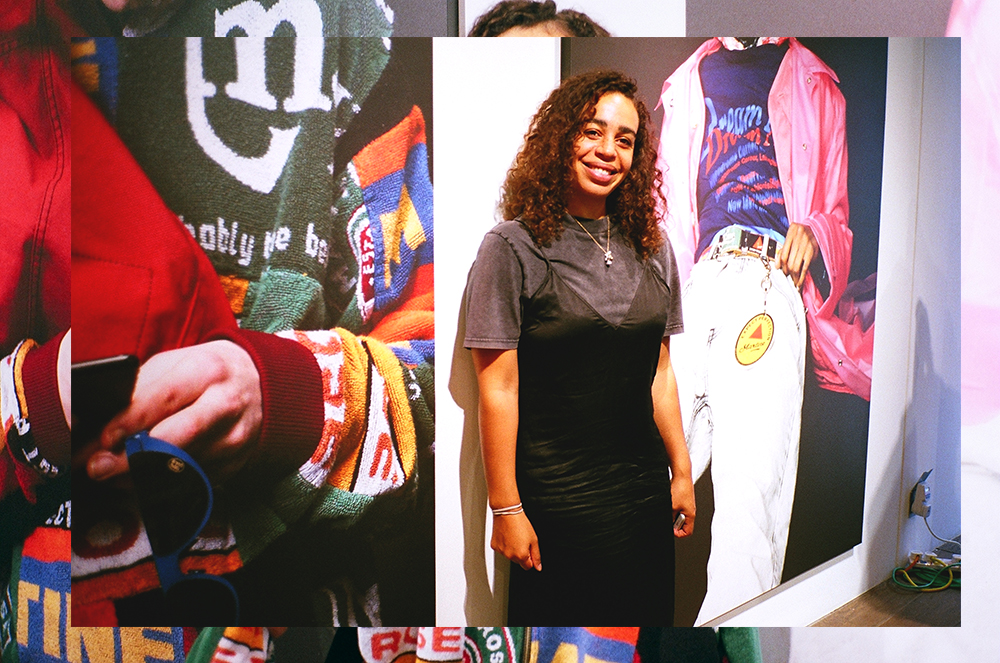
What is a personal Martine Rose style tip for the new season?
Keep it easy. I always feel a little ridiculous when I’m wearing too many designer things, I’m obsessed with vintage clothes. I do like designer things, but I really have to mix it in and it can’t be too obvious.
Martine, what is currently on repeat on your Spotify?
I’m playing a lot of Aretha Franklin at the moment, for obvious reasons. Praise The Lord by A$AP Rocky and Skepta. Anything Giggs… and Wild Thoughts, a great floor filler!





























